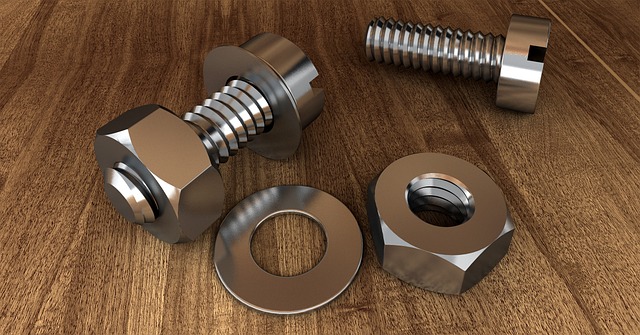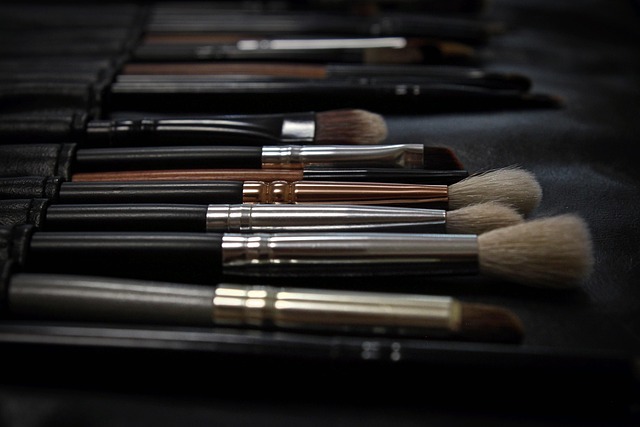When it comes to fashion, every detail matters, and one of the most overlooked elements is the humble thread. This fine line of material plays a crucial role in bringing your fashion dreams to life. Whether you’re a skilled seamstress or a budding DIY enthusiast, understanding the different types of thread can elevate your garments from ordinary to extraordinary.
Let’s delve into the world of thread choices, exploring how each type contributes to the beauty and durability of your fashion creations.
Understanding the Basics
Threads come in various types, each with unique properties tailored for specific fabrics and projects. The right thread can not only enhance the aesthetic of your piece but also its performance and longevity.
Cotton Thread
Cotton thread is a staple in the sewing world, thanks to its versatility and ease of use. This natural fiber is perfect for a wide range of fabrics, especially those with a natural feel, like cotton dresses or home decor items. With its matte finish, it helps achieve a seamless look, often becoming the fabric’s best friend.
Polyester Thread
If you’re looking for durability, polyester thread is your go-to choice. Known for its strength and flexibility, this synthetic option is resistant to fading and shrinking, making it ideal for clothing that undergoes heavy wear. Use it for everything from gym wear to everyday casuals; it’s dependable and works well with synthetic fabrics.
Silk Thread
For the fashionistas aiming for a luxurious touch, silk thread is the ultimate indulgence. Glorious in sheen and soft to the touch, silk thread is perfect for delicate fabrics like chiffon or silk itself. It elevates couture pieces, adding an exquisite finish that truly makes garments stand out. However, it can be a little tricky to work with, so ensure you’re familiar with the technique before diving in!
Rayon Thread
Rayon thread shimmers with brilliance and is commonly used in embroidery and decorative stitching. Its vibrant colors and soft texture work beautifully on dress fabrics, adding a pop of interest to basic pieces. When working with rayon, remember that it’s less durable than polyester, so it’s best used for embellishments rather than structural seams.
Mixed Thread Options
Sometimes, combining threads is the key to achieving unique looks. Many fashion designers opt for dual-thread strategies, using polyester for seams and cotton or silk for decorative elements. This method provides the best of both worlds—durability where it counts and beauty in the fine details.
Choosing the Right Thread Weight
Thread weight also plays a significant role in your projects. Heavier threads can create bold stitches suitable for denim and jackets, while lighter threads work beautifully for delicate fabrics like lace and silk. Familiarizing yourself with these weights will enhance your sewing experience and ensure your finished garment has the right drape and feel.
Final Tips
As you embark on your fashion-making journey, remember that the right thread can transform your creations from good to outstanding. Pay attention to the fabric and the look you want to achieve. Don’t be afraid to experiment with different types and weights until you find that perfect match. Threads might be small, but they have a big impact on your fashion statement!
So gather your materials, embrace your creativity, and let the magic of thread lead you to your next fashion masterpiece!




